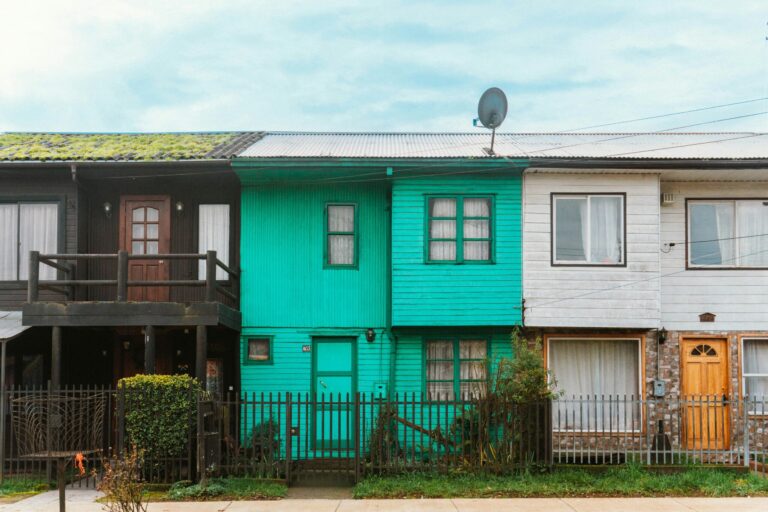In 2024, co-living and shared housing solutions are becoming an increasingly popular choice for renters, particularly in urban areas where high living costs make traditional housing options less accessible. A report from Co-Living International, released on July 15, 2024, reveals a rising trend of renters opting for more affordable, community-oriented living arrangements. As rent prices continue to soar in major cities, co-living spaces are emerging as a practical and appealing solution for many young professionals and students who are navigating the challenges of high rent.
The key players driving this trend include renters, co-living operators, property developers, and real estate agents, all of whom are responding to the growing demand for affordable housing. Co-living spaces are often designed to provide a balance between privacy and community. Typically, these spaces offer private bedrooms but feature shared common areas, such as kitchens, lounges, and workspaces. The combination of cost-effective living with social interaction and shared resources is making co-living an attractive option for those who want to live in desirable urban locations without the burden of expensive rent.
One of the most significant moments in this shift has been the expansion of co-living spaces in high-demand cities like San Francisco, New York, and London, where rising rents have made it difficult for many renters to afford traditional apartments. In these cities, where real estate prices are high, co-living offers a solution that allows young professionals, students, and even remote workers to access central locations without compromising on affordability. By sharing costs and resources, residents can live in areas they might otherwise be priced out of, while enjoying a more flexible and community-oriented lifestyle.
Co-living is also appealing to those who value social connection. Many co-living spaces are designed to foster a sense of community through shared experiences, such as social events, collaborative workspaces, and common areas for residents to relax and connect. For renters who might otherwise feel isolated in traditional apartments, this sense of community is an important draw. It creates a more enriching living experience and can be especially valuable for those new to a city or looking to network and meet like-minded individuals.
Looking ahead, the lasting impact of this trend is likely to be the continued growth of co-living as a mainstream housing solution. As more people in the early stages of their careers or as students continue to seek affordable, flexible living arrangements in high-demand urban areas, the demand for co-living spaces is expected to rise. Property developers are likely to continue building purpose-built co-living spaces that cater specifically to this growing demographic, ensuring that this housing option becomes an integral part of the rental market in major cities.
In conclusion, co-living and shared housing solutions are on the rise as renters seek affordable alternatives to traditional housing in urban centers. With growing rent prices and a desire for community-oriented living, co-living spaces offer a practical and social solution for those looking to live in desirable locations without the high costs. As this trend continues to evolve, developers are expected to play a significant role in expanding co-living options, making them a prominent feature in the future of urban rental markets.
